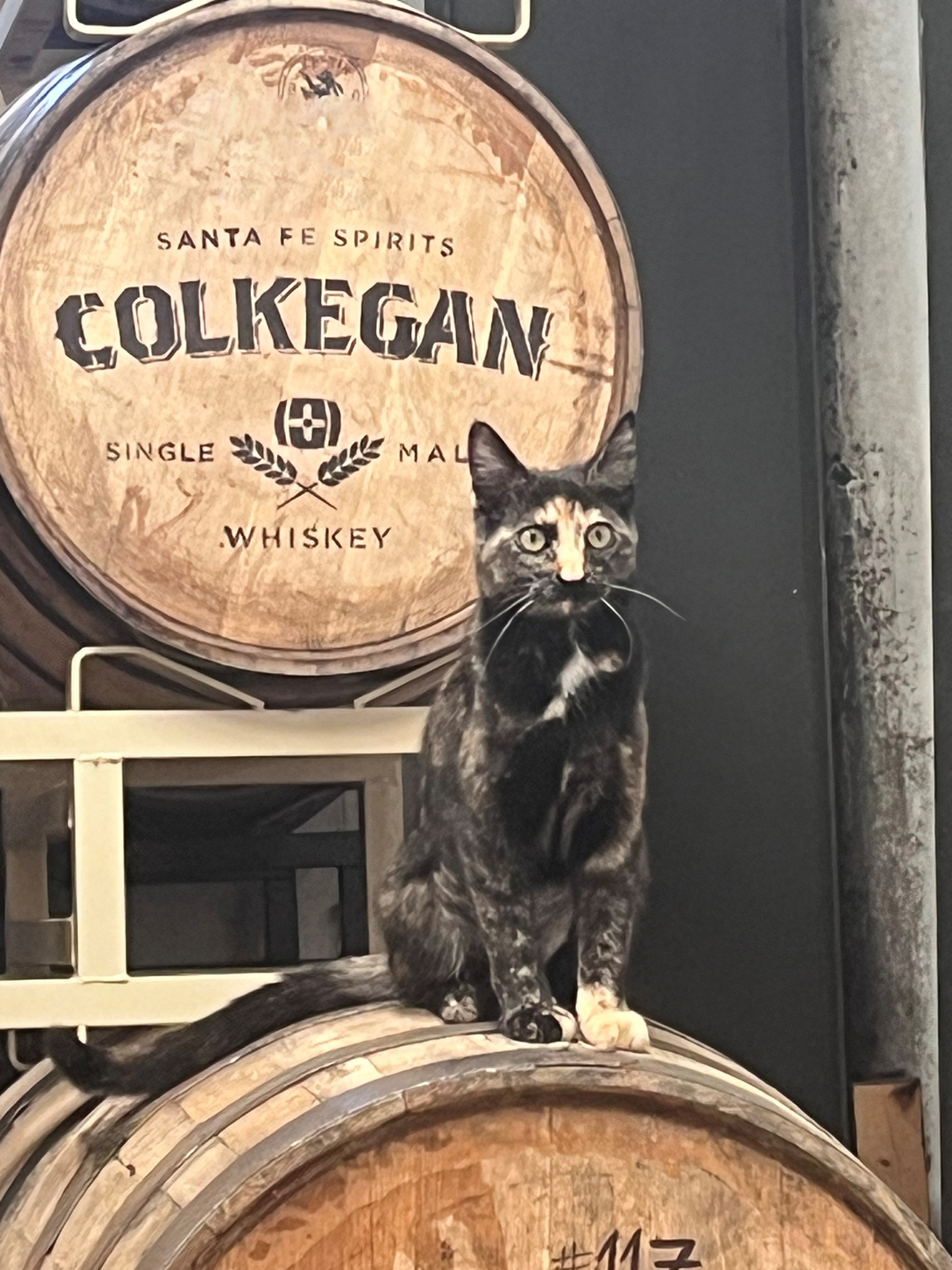How Gin is Made
Gin is made from the same base ingredient as vodka: neutral spirit. What separates gin from vodka is the inclusion of juniper and other botanicals in the distillation. However, there are almost as many different ways of including these botanicals as there are different gins throughout the world, so it can get a bit confusing.

To extract flavors and aromas from their botanicals, most gin makers soak their botanicals in neutral spirit - a process called maceration. Some gin makers stop here, with the resulting gin being called an infused gin or bathtub gin.

To make a cleaner, smoother gin, most gin makers distill this macerate in a pot still. This creates what is known as dry gin or distilled gin. Additionally, some distillers place botanicals inside a basket high up in the still where no liquid ever touches them. Rather, the extraction of the flavors and aromas is performed by the evaporated spirit as it blows past the botanicals inside the still. This process is known as vapor extraction.
To make Wheeler’s Western Dry Gin, Santa Fe Spirits built a still unlike any other gin still: a combination of a direct steam injection still known to moonshiners as a thumper and a classic vapor extraction still used by few modern gin distilleries called a carter-head still. The resultant hybrid, for lack of a better name, is called Botanicus Maximus.

By utilizing both maceration and vapor extraction (depending on the preference of the individual botanical), Botanicus captures only the most perfect expression of each individual botanical for inclusion in Wheeler’s. Santa Fe Spirits uses fresh botanicals, which means they will always be different in their amount of flavor from batch to batch, so Santa Fe Spirits distills each of the five botanicals in Wheeler’s Gin separately as fractions; when it comes time to make the gin blend the ability to add each fraction to thhe neutral spirit individually gives the distiller greater ability to control the finished gin and maintain consistency from batch to batch.


